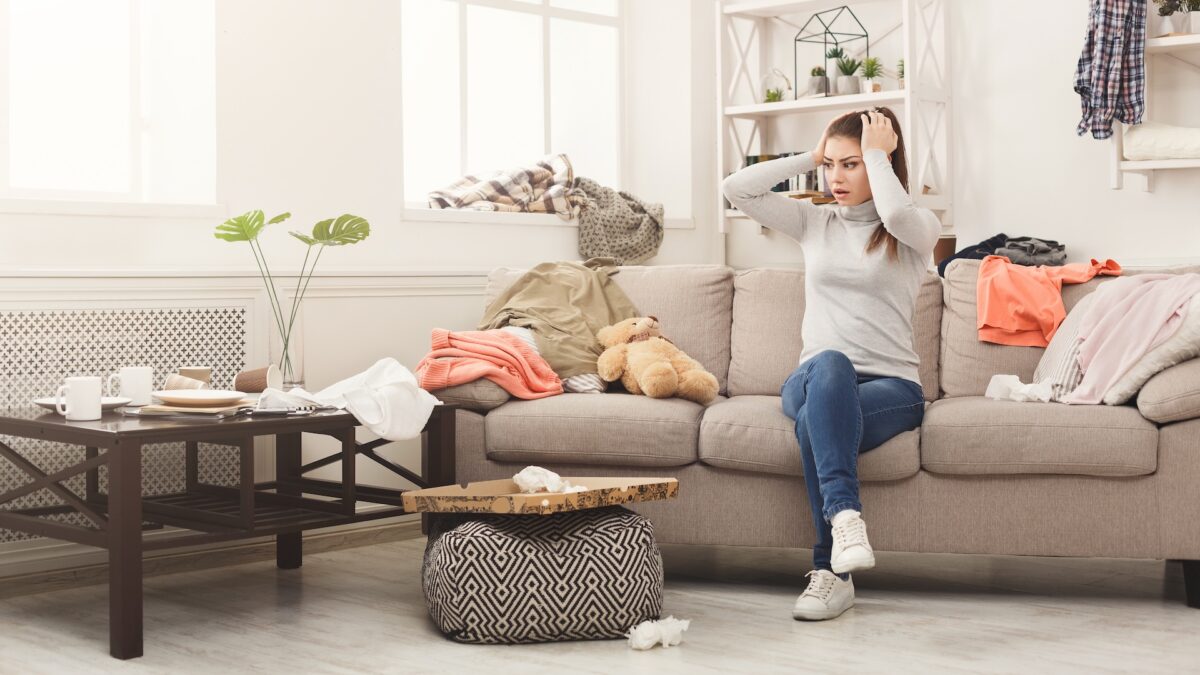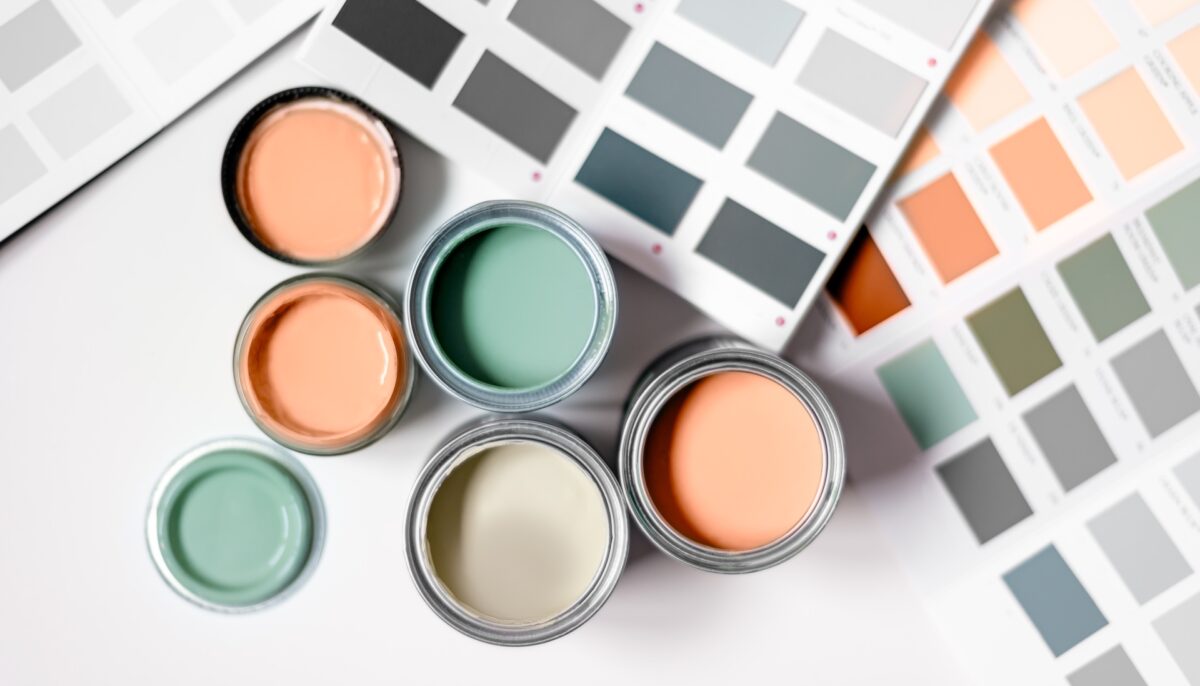Sneezing, coughing, headaches, nausea, fatigue — these are all signs of a common cold. But if days and weeks pass only for unpleasant symptoms to hang around, you could have an entirely different issue: poor indoor air quality.
What can cause poor indoor air quality, and how do you fix it? Keep reading to learn more about indoor air quality and tips that will have you breathing a little easier.
What Affects Indoor Air Quality?
Air pollution isn’t something you only have to worry about outdoors. It can happen inside your home, too. Common causes of poor indoor air quality include:
- Mold and mildew
- Smoke (from cigarettes, wildfires, or cookstoves)
- Dust mites
- Pet dander
- Pollen
- Poor outdoor air quality (which can enter your home through doors, cracks, and windows)
- Radon
- Gas stoves/carbon monoxide
As indoor air quality worsens, you’ll feel it. Once you know what might be causing your sneezing, coughing, and itching, it’s time to address the problem.
Purifiers, Humidifiers, and Dehumidifiers, Oh My!
When poor air quality’s got you down, your first thought might be to buy a machine to help fix it. But how do you know if you need a purifier, humidifier, or dehumidifier?
When to use an air purifier
Air purifiers clean the air and remove impurities to help boost air quality. They suck in air, send it through multiple filters to trap particles, and push clean air back into your home. Air purifiers are great for tackling dust, dander, and allergens.
Does an air purifier help with mold? It can! A purifier can help remove mold spores from the air, but you still need to remove the mold source.
What about bad smells? Do air purifiers help with smell? While candles, plugins, and sprays may help cover smells in your home, they won’t do much about the source. An air purifier helps remove odor-causing contaminants and restore your home to a fresh, clean smell. So, fire up an air purifier for farts, cooking odors, stinky pets, and anything else that leaves your home smelling unpleasant.
When to use a humidifier
Humidifiers won’t remove pollutants from the air, but they will add moisture to a room. This extra moisture can help relieve allergy symptoms like a dry throat.
So, what is better for allergies, a humidifier or air purifier? Since air purifiers can actually remove allergy triggers from the air, they will be your best bet. When choosing between an air purifier or humidifier, you also want to weigh the risks of running a humidifier. If used improperly, a humidifier can lead to mold growth, further damaging your air quality.
When to use a dehumidifier
Wondering, “Do I need a humidifier or dehumidifier?” While a humidifier adds moisture to the air, a dehumidifier removes it. Which machine you need depends on your climate.
In extremely cold or dry areas, a humidifier can help with bloody noses, dry skin, and chapped lips. However, if you live in a very humid environment, you might want a dehumidifier to help dry the air out.
Dust mites and mold — which impact air quality — thrive in wet environments. A dehumidifier can help prevent them from growing and spreading. Consider adding a dehumidifier to high-humidity areas prone to mold and mildew, such as damp basements or bathrooms.
6 More Tips for Improving Home Air Quality
Aside from purifiers, humidifiers, and dehumidifiers, there are other steps you can take to help improve your home’s air quality. Check out these six ideas.
1. Clean your carpets and rugs.
Pet hair, dander, dust, and more can get trapped in your carpet and rugs. It’s important to regularly clean these materials to help keep your home’s air fresh, especially if you have pets.
You may even want to consider replacing your carpet with wood flooring before bringing home a dog or other animal. It can help you save big on cleaning time!
2. Change your HVAC filters.
The HVAC system circulates air throughout your home to help keep it at the temperature you find coziest. A clogged filter will struggle to circulate the air, and you may wind up with dust and other debris floating around. It’s crucial to regularly swap out the filters based on the manufacturer’s recommendation.
To be extra safe and clean, you should also routinely check and clean any air ducts.
3. Keep the outdoors outside.
There are plenty of ways for outdoor yuck like dust and pollen to enter your home. If you can keep these pollutants out in the first place, you won’t have to work as hard to get rid of them.
Check the seals around your doors and windows to ensure they don’t have any cracks or gaps. Properly sealing your home can also help control the humidity level, reducing the need for a humidifier or dehumidifier.
After spending time outdoors, your clothing and shoes may bring in allergens. Keep a shoe rack next to your door so you don’t track dust and pollen throughout your house, and consider using a coat rack or storage trunk by the door for your outerwear.
4. Clean your linens.
Bedding, drapes, and other linens can accumulate dust mites, pet dander, and other allergens. To help keep your air clean, clean your linens about once a week. According to the American Academy of Allergy, Asthma & Immunology, you should wash sheets, pillowcases, blankets, etc. at 130° F.
5. Open a window.
Sometimes, the most obvious solution is one of the best solutions. According to the EPA, opening doors and windows or running fans are great ways to improve the air quality inside your home. When you have more air circulating, you can reduce the amount of ick floating around.
Be mindful not to open the window if the air quality outside is poor. Avoid times of high pollen, dust, or wildfires.
6. Ditch old, musty furniture.
Like the linens in your home, old fabric furniture can accumulate dust and dander. You can try cleaning the upholstery on your furniture, but it might be easier to start fresh. Plus, some wood furniture can contain toxic glues that impact air quality, and that’s not something you can clean away.
Clear the Air with CORT Furniture Outlet
If you believe your furniture is contributing to bad air or odors in your home, it may be time to make a change-fast. Clear out that smelly, outdated furniture and make room for gently used pieces from CORT Furniture Outlet.
The furniture you purchase from our Furniture Outlet are CORT Clean Certified ensuring the products you receive are cleaned, sanitized, inspected, and protected. Visit your local CORT Furniture Outlet or shop online today!






